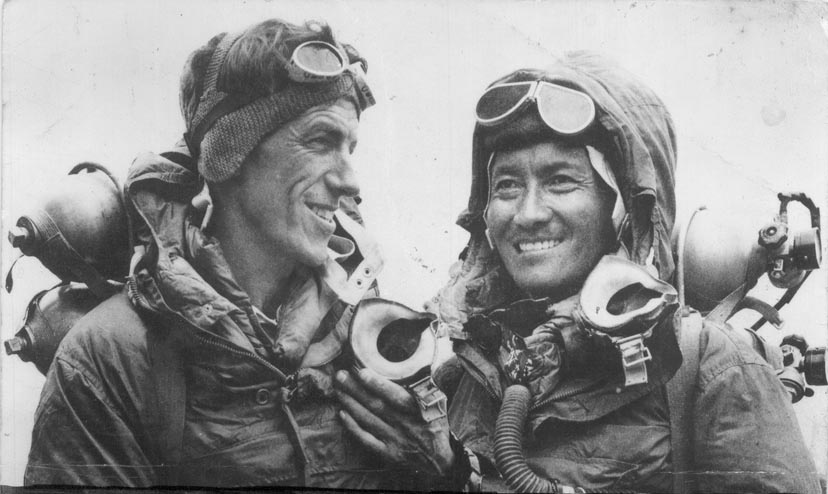Every day, people dream of accomplishing amazing feats of physical strength or endurance: Climbing a mountain, winning Olympic gold, swimming across large bodies of water. Below is a list of the first people to accomplish some of those feats, all which require a lot of mental strength, determination, and courage as well.
Edmund Hillary and Tenzing Norgay: First People to Climb Mount Everest
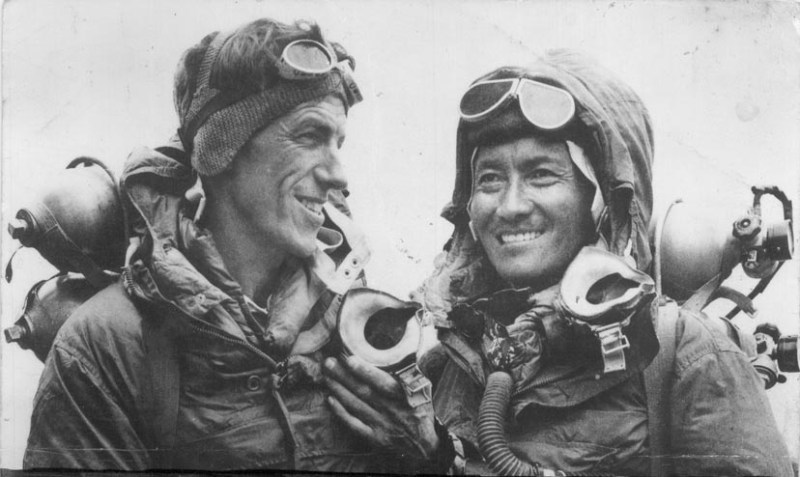
Edmund Hillary and his Nepalese Sherpa mountaineer Tenzing Norgay became the first people to reach the summit of Mount Everest. Hilary was only 34-years-old when he reached the summit with Norgay, who was celebrating his 39th birthday . Hillary had numerous honors conferred on him and was given a state funeral in New Zealand when he died in 2008. In 1998, Time named both men as among the 100 Most Influential People of the Century.
Eleanor Lynette Lemaire: First Female Ironman Triathlete
Eleanor Lynette Lemaire completed the 1979 Ironman Triathlon. (Getty)In 1979, Eleanor Lynette Lemaire became the first woman to complete the Hawaii Ironman triathlon, becoming the world’s first female “Ironman.” It was the second annual Hawaii Ironman race and the was the only female competitor. Nevertheless, she finished in fifth place overall with a time of 12:55:38.
David Kirke and Simon Keeling: First Bungee Jump
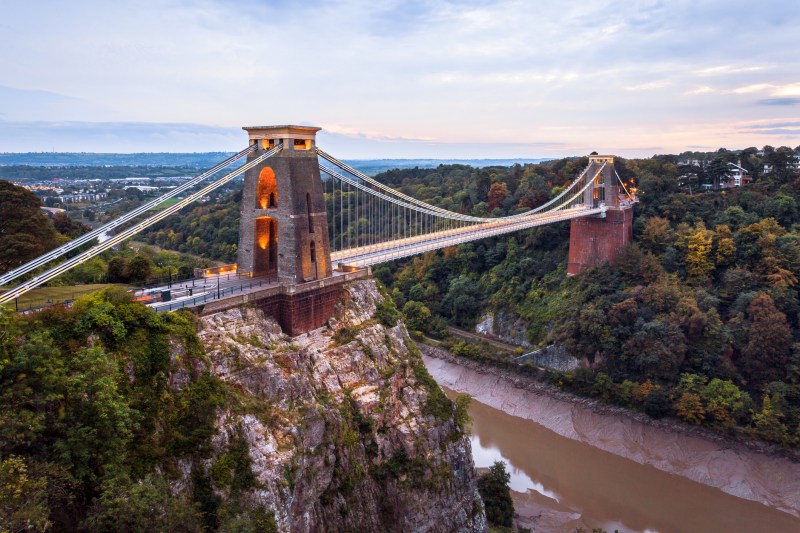
David Kirke and Simon Keeling, members of the Oxford University Dangerous Sports Club, came up with the idea for the first bungee jump after discussing “vine jumping,” a ritual carried about by certain natives of Vanuatu, a South Pacific nation. Geoff Tabin, a professional climber, tied the ropes for the jump. The first jump was done on the Clifton Suspension Bridge in Bristol, England. The jumpers were arrested shortly after the jump, but they continued their bungee leaps from the Golden Gate Bridge and the Royal Gorge Bridge.
Neroli Fairhall: First Paraplegic Competitor in the Olympic Games
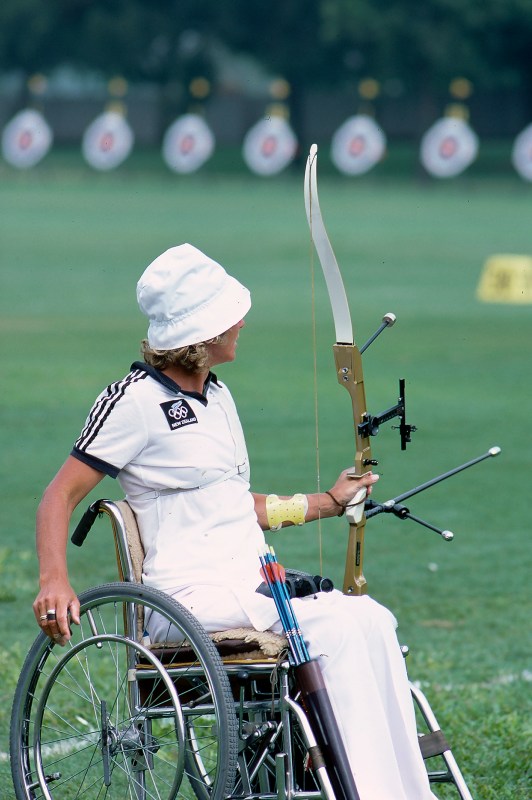
Fairhall was a New Zealand athlete, who became the first paraplegic competitor in the Olympic Games in 1982. She finished in 35th place. She originally took up archery in 1944, following an accident that left her paralyzed from the waist down. She won gold in the Commonwealth Games in Brisbane, Australia, after archery was first introduced to that competition in 1982.
Matthew Webb: First Person to Swim the English Channel
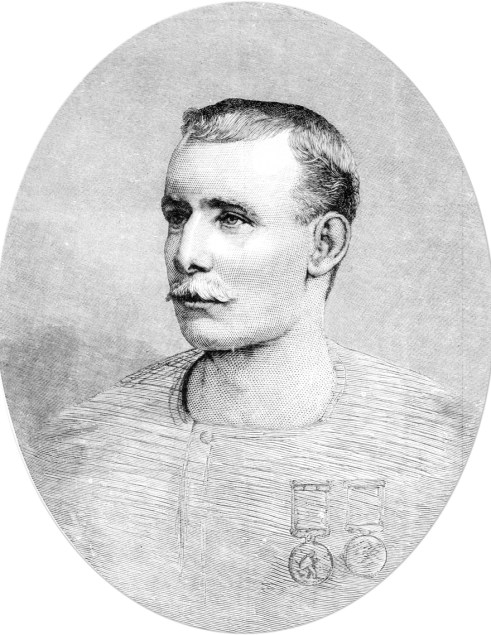
Webb was the first recorded person to swim the English Channel without the use of artificial aids. He swam from Dover to Calais in less than 22 hours on August 25, 1875. He was serving as captain of the steamship Emerald when he read the account of a failed attempt and became inspired to try himself.
Danica Patrick: First Female Winner of IndyCar

Patrick is the most successful woman in the history of American open-wheel racing. In 2008, she won the Indy Japan 300, making her the only female winner in an IndyCar series race.
André-Jacques Garnerin: First Parachute Jump
Garnerin releases the balloon and descends with the help of a parachute, 1797. Illustration from the late 19th century. (Getty)Garnerin invented the parachute and decided to test it out. He leaped out of a hydrogen balloon 3,200 feet above Paris on Oct. 22, 1797. He survived that jump and more than 200 others. Two years later, his wife, In 1799, Jeanne-Genevieve, made the first successful parachute jump by a woman. Garnering died in a balloon accident in 1823, while preparing to test a new parachute..
Wanda Rutkiewicz: First Woman to Summit K2

Polish mountain climber Wanda Rutkiewicz was the first woman to climb K2, the second-highest peak in the world. She reached the summit in 1986 and did so without supplemental oxygen. She was also set marks as the third woman, the first Polish woman and the first European woman, to reach the summit of Mount Everest in 1978.
Richard Bass: First to Climb All Seven Summits
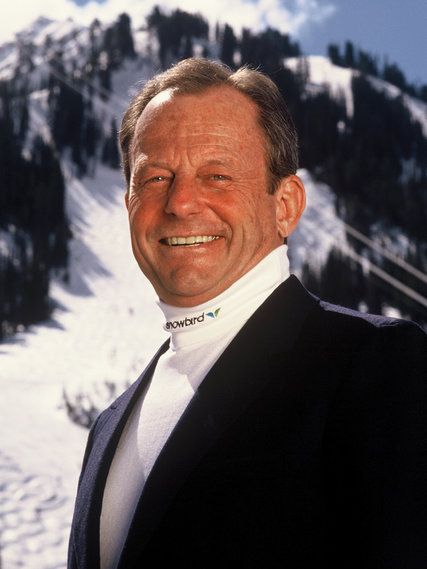
Bass was the first man to climb all Seven Summits (the highest mountain peaks on each of the seven continents). He completed six peaks in just one year: Aconcagua (South America), Denali (North America), Kilimanjaro (Africa), Mt. Elbrus (Europe), Mt. Vinson (Antarctica) and Mt. Kosciusko (Australia). He climbed those peaks in 1985 with his companion Frank Wells. On April 30, 1985, Bass completed his quest by reaching the summit of Mount Everest in a party without Wells.
Annie Taylor: First Person to Survive a Trip Over Niagara Falls in a Barrel
Annie Taylor, the first person to survive going over Niagara Falls in a barrel. (Getty)Taylor decided she would be the first person to ride over Niagara Falls in a barrel. She chose this incredibly risky task for very practical reasons—to achieve financial security of the rest of her life. She used a custom-made barrel for her trip that was padded with a mattress. Two days before her attempt, she sent a cat over the Canadian side’s Horseshoe Falls in the same barrel she planned to use to test the strength. The cat lived and was found 17 minutes later, though it was injured. Taylor got in the barrel on October 24, 1901, on her 63rd birthday. Her trip over the falls took less than 20 minutes and, afterward, she was discovered to be alive and relatively uninjured.
This article was featured in the InsideHook newsletter. Sign up now.
